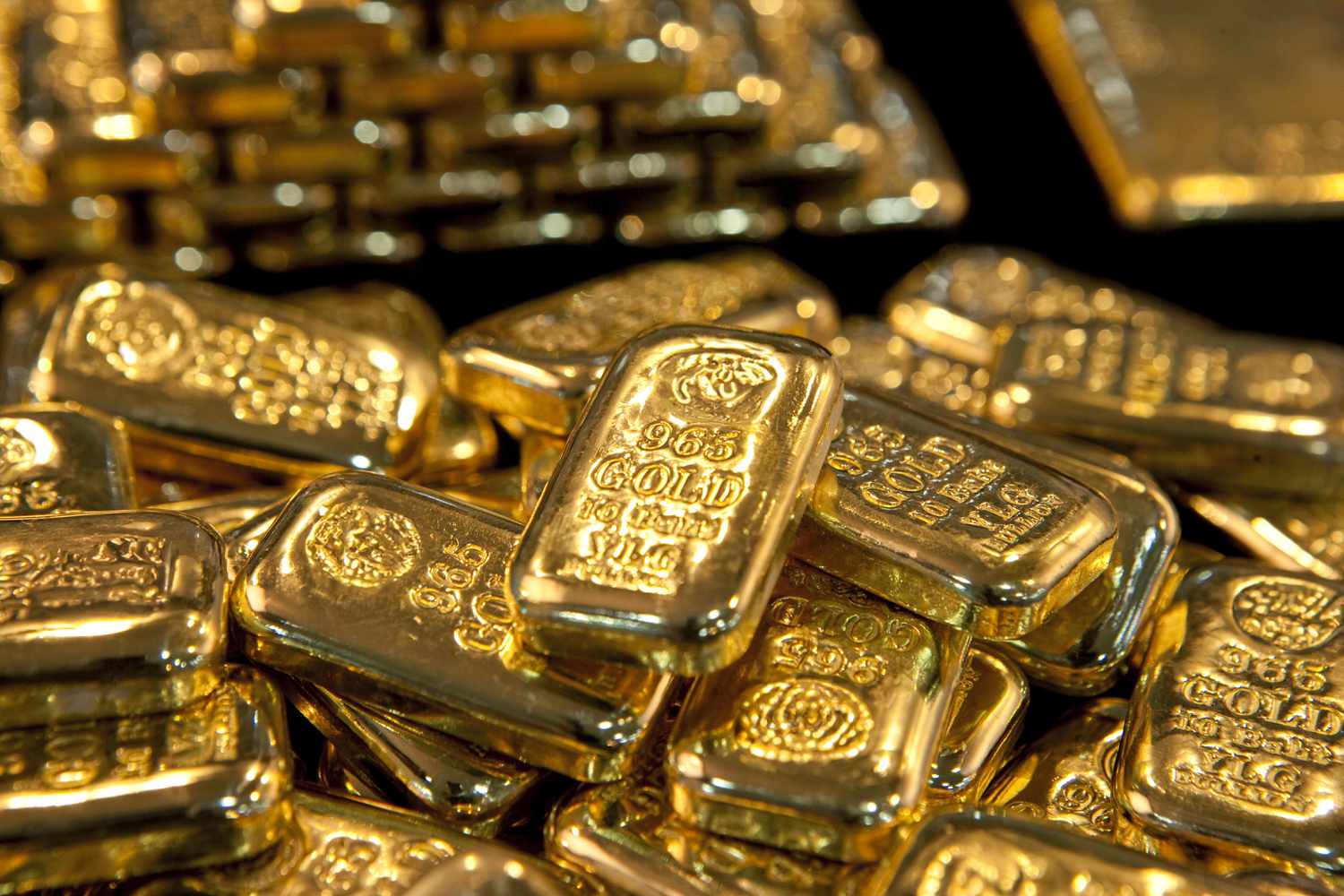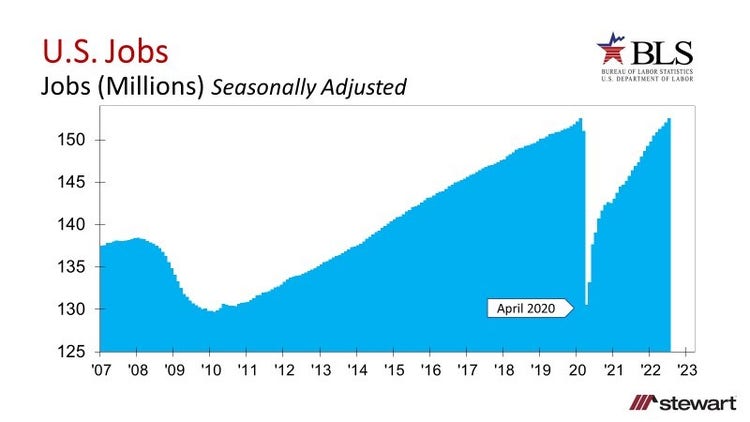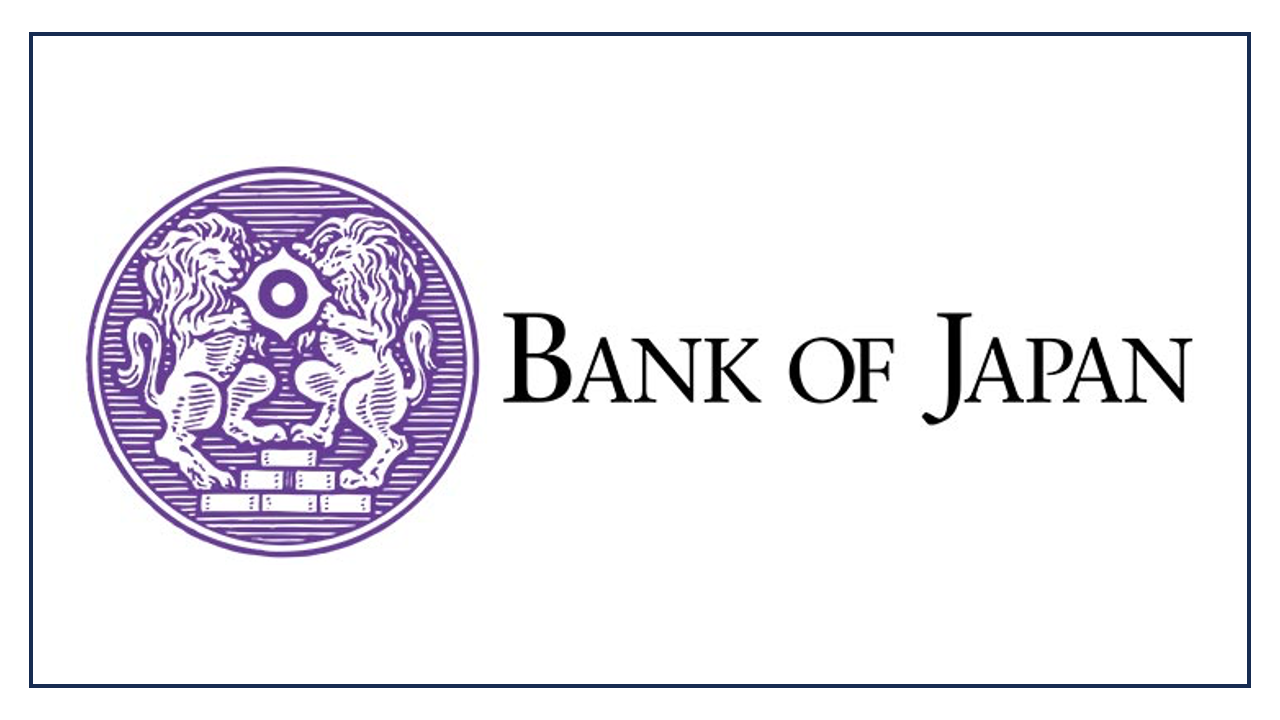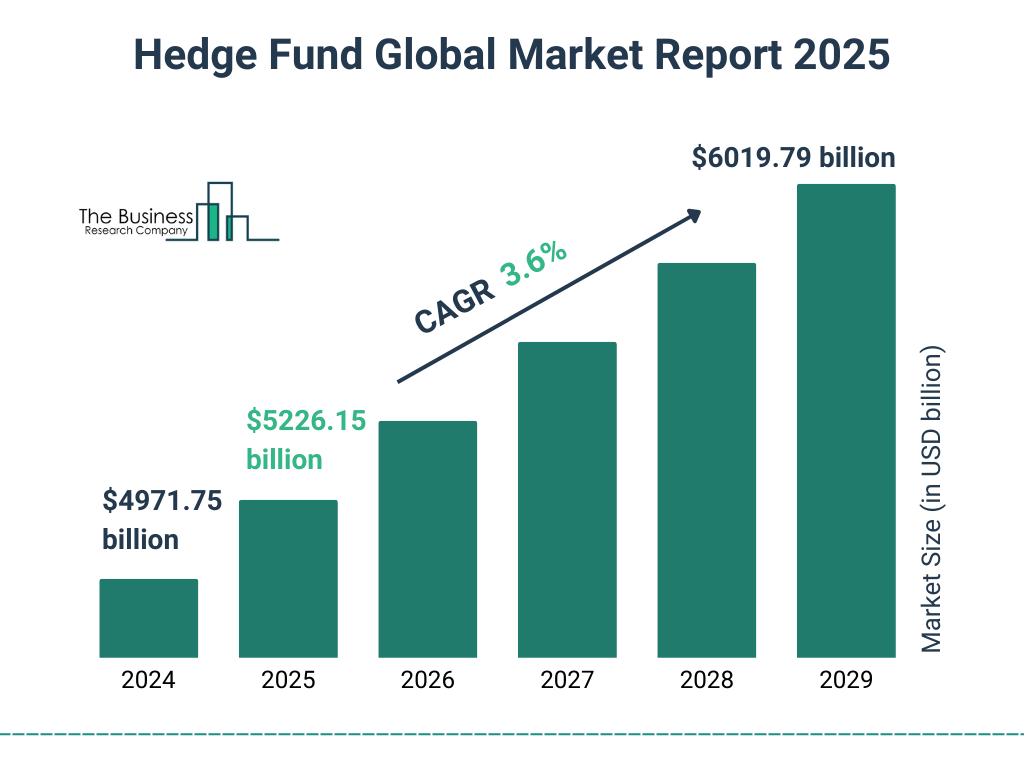Gold Nears $3,400: Easing Expectations, As Global Uncertainty Fuels Rally

Linh Tran
Gold posted an impressive rebound during the first week of August, approaching the key $3,400/oz level. This rally was not merely driven by technical factors, but rather supported by a confluence of macroeconomic risks, escalating geopolitical tensions, intensifying trade pressures, and growing expectations that global monetary policy may begin to ease.
On the trade front, the current environment reflects a stark dichotomy. On one hand, the U.S. has made meaningful progress in bilateral negotiations with major economies such as Japan, the EU, and the UK—somewhat calming investor sentiment. On the other hand, unresolved risks remain. Most notably, President Trump unexpectedly imposed a tariff of up to 50% on Indian garment imports—25% effective immediately and another 25% to take effect on August 28—as a punitive measure for India’s continued oil purchases from Russia despite international sanctions.
This move directly impacts India’s $16 billion apparel industry and raises concerns about a potential resurgence of protectionism, with retaliatory trade measures looming between major economies.
Tensions between Russia and Ukraine also remain front and center. Today, August 8, marks the deadline set by President Trump for Russia to reach a ceasefire agreement with Ukraine. Should no significant progress be made, the U.S. is expected to implement additional sanctions, potentially expanding to financial, energy, and diplomatic sectors.
This would be a pivotal development. If sanctions are triggered, global markets could face a new wave of disruption in supply chains, energy costs, and investor sentiment—all of which historically have fueled gold’s bullish momentum.
Meanwhile, last week’s weak U.S. economic data further underscores a slowdown in recovery. Although the Federal Reserve maintains a “data-dependent” stance and has yet to issue clear signals of rate cuts, markets increasingly view such a move as a matter of time.
Expectations that interest rates are nearing their peak—combined with persistent macro uncertainty—are currently providing a firm support base for gold prices in the short term. By nature, gold tends to benefit significantly in environments where monetary policy shifts toward easing.
In the near term, gold’s outlook is positive. Should current uncertainties persist or intensify, gold’s role as a safe haven asset is likely to strengthen further. Conversely, if geopolitical or trade negotiations result in unexpected breakthroughs, risk-on sentiment may return, potentially diverting capital away from gold in favor of higher-yielding assets.
According to the latest data from the World Gold Council (WGC), central banks worldwide were net buyers of 22 tonnes of gold in June—marking the third consecutive month of net accumulation. This suggests that despite short-term volatility, sovereign institutions are quietly preparing for a prolonged period of global instability, with gold remaining a core component of reserve strategies.
In the medium to long term, while the recent rally in gold prices does raise the risk of a technical correction, the outlook remains constructive. If underlying drivers continue to build, gold may well extend its current uptrend toward new highs.
Tran is Market Analyst at XS.com






